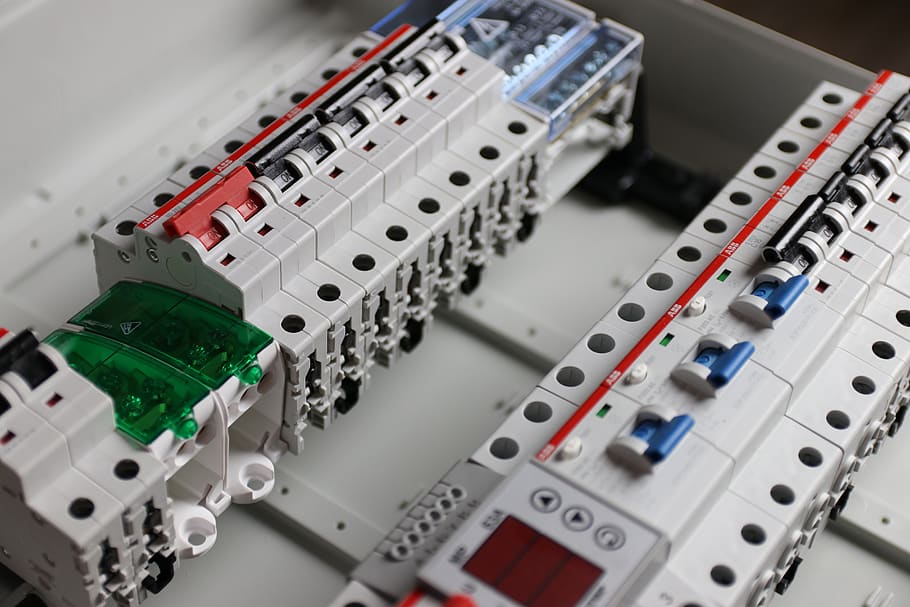We feel it’s best to get this out of the way as early as now: Yes, switching the main breakers or circuit breakers off when operating your generators is essential. It’s a move that adds an extra safety measure and is something you cannot overlook. Moreover, learn how to connect a Solar circuit breaker to a solar power system by clicking the link. Though, where generators are concerned, there’s more to safe operations than turning off the main breaker.
You should also understand where connectors and cables are for before hooking up the machine. GeneratorWhiz recommends constantly referencing the manual when you don’t understand something. As helpful and convenient as generators are, they can be dangerous when you use them with a lack of understanding. Today we’ll go over how generators work and some dos and don’ts when operating them to ensure a safely running machine.
The Inner Workings of the Generator
Before discussing the dos and don’ts of handling a generator, let’s first talk about how these things actually work.
First off, generators are not created equal. These machines come in different types with unique properties. For instance, portable generators do not work the same way as standby home generators. Thus, approaches for safely running each would be different.
Home standby generators are hooked up to your home. These machines kick on automatically when the power goes off, while their portable counterparts are not as intuitive and require some planning.
In a portable generator, mechanical energy is converted to electrical energy. Some models depend on gas to kickstart the process, while others rely on propane and diesel. Whatever the case, the machine possesses five main parts: a starter, a fuel tank, an engine, an alternator, and outlets.
What To Do About Breakers
Breakers can often be head-scratching to deal with for new generator owners. Nonetheless, it’s vital to know and understand how they’re generally handled when using your generators.
Use a Transfer Switch
Using a portable generator safely means using it in conjunction with a manual transfer switch. Preferably, it should be a high-quality, robust model you can count on not to give up or break down prematurely.
The generator should connect to the transfer switch via a Genset cord. This heavy-duty cord is plugged into an outlet receptacle found outside your home and connected to the transfer switch in your home. Electricity then flows through the cable to the transfer switch and its breakers and circuits to run your generator safely.
A CFGI Generator Should Go With a CFGI Transfer Switch
Compliance with the National Electrical Code requires dual-voltage generators to possess GFCI or Ground Fault Circuit Interrupter outlets. Thus, these generator types have GFCI receptacle outlets that would require a transfer switch. The switch can be either a CFGI-compatible one or a three-pole model aligning with NEC standards.
When this switch is thrown, the generator-supplied circuits are not only separated from the utility-supplied 120-volt circuits, the utility-supplied circuit’s third leg is also disconnected. Using a two-pole switch on a CFGI generator doesn’t accomplish this and is, therefore, considered an electrical code violation. That’s because it renders CFGI receptacles useless, limiting the generator’s capabilities.
Furthermore, the extra cash you spent to acquire CFGI protection would have been for nothing. Though for non-CFGI generators, a two- or three-pole switch should be par for the course.
Dos and Don’ts for Running Generators
Generator safety is generally founded on doing and not doing the following:
Dos
When it comes to generators, you should:
- Keep the machine outside. Stationing it indoors can be dangerous.
- Have a carbon monoxide alarm installed. A battery-powered model is recommended.
- Generators should be kept dry. Wet conditions or handling your generator with any part of you wet is never a good idea. Moisture is your generator’s enemy and, thus, you should take measures to keep it dry at all times.
- When plugging appliances into or using a heavy-duty extension with your generators, make sure the sum of the wattages should be equal to or less than the machine’s load capacity. Furthermore, inspect cords for cuts and tears, as these could compromise the safety of operations.
Don’ts
On the other hand, here’s what to avoid when using a generator:
- Backfeeding or plugging a generator into a wall outlet is an unsafe practice. You could risk electrocution to yourself and others in the neighborhood, drawing power from the same transformer. Backfeeding also bypasses pre-configured circuit protection measures.
- Be too confident in your own abilities. Get a licensed electrician to connect the generator to house wiring for powering appliances.
- Refuel without letting the generator cool down, as this is a recipe for disaster.
Operate Generators Safely
Each generator is different, so it’s important to always reference your specific model’s manual for any safety concerns. That said, the above tips for handling main breakers and circuit breakers and general dos and don’ts of generator operation should apply across the board for maintaining safety.

